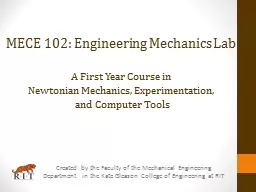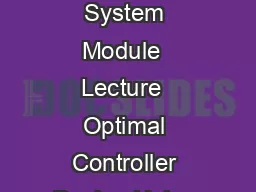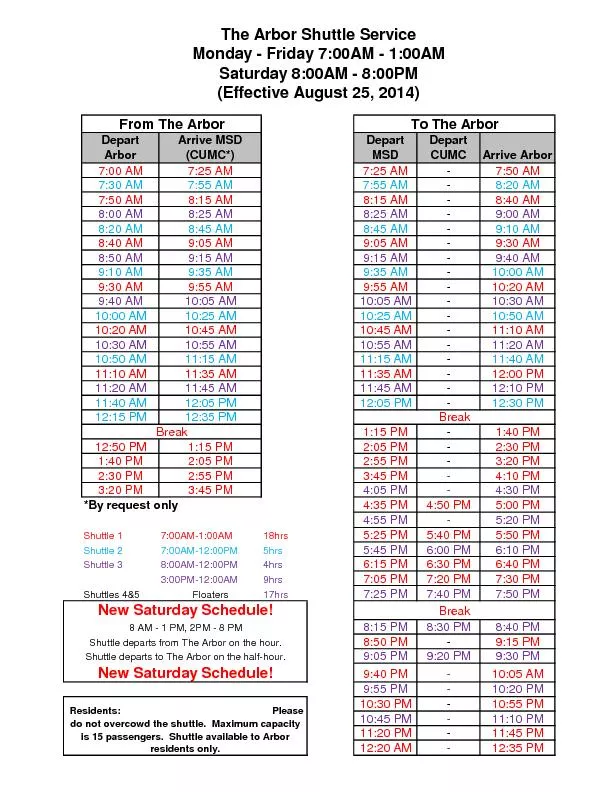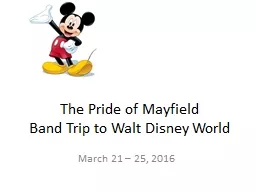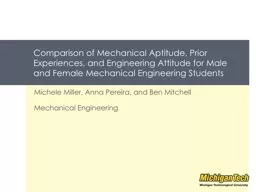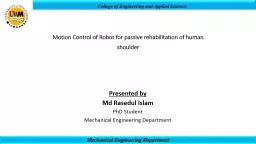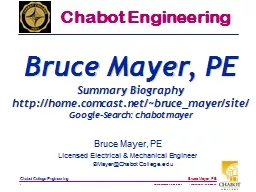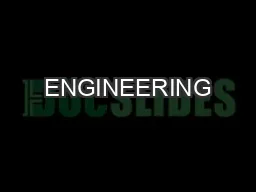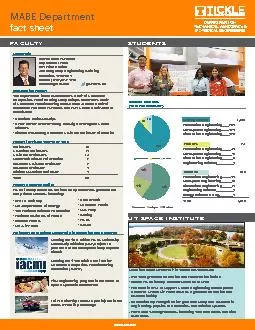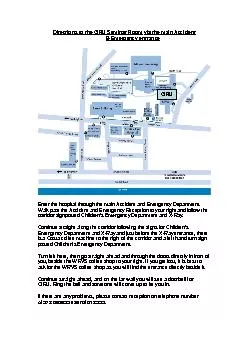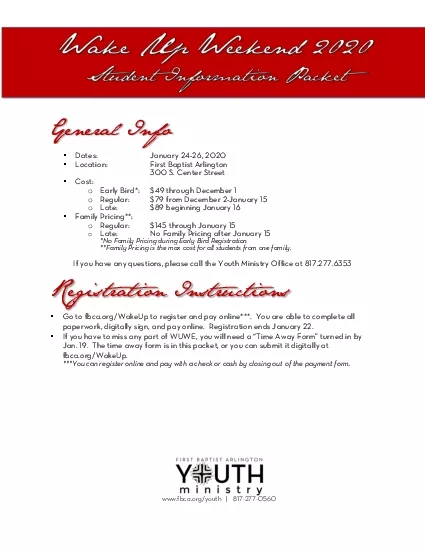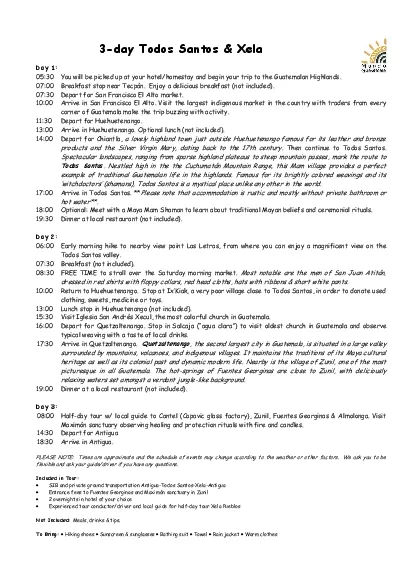PPT-Created by the Faculty of the Mechanical Engineering Depart
Author : pamella-moone | Published Date : 2017-08-19
MECE 102 Engineering Mechanics Lab A First Year Course in Newtonian Mechanics Experimentation and Computer Tools MECE102 Course Grades Exam 1 Performance
Presentation Embed Code
Download Presentation
Download Presentation The PPT/PDF document "Created by the Faculty of the Mechanical..." is the property of its rightful owner. Permission is granted to download and print the materials on this website for personal, non-commercial use only, and to display it on your personal computer provided you do not modify the materials and that you retain all copyright notices contained in the materials. By downloading content from our website, you accept the terms of this agreement.
Created by the Faculty of the Mechanical Engineering Depart: Transcript
Download Rules Of Document
"Created by the Faculty of the Mechanical Engineering Depart"The content belongs to its owner. You may download and print it for personal use, without modification, and keep all copyright notices. By downloading, you agree to these terms.
Related Documents

